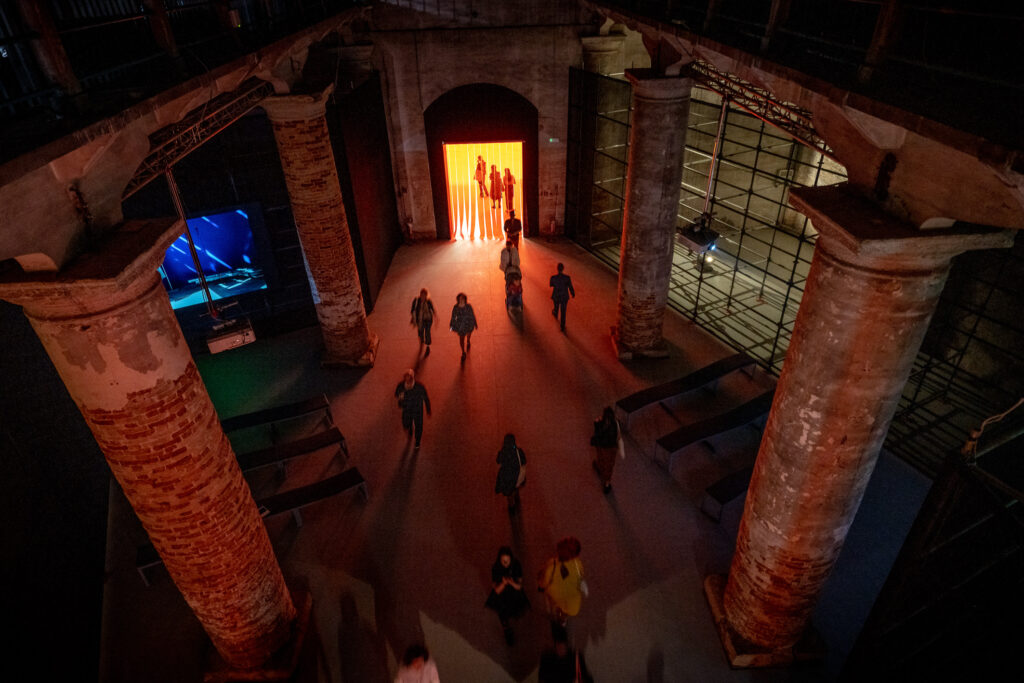Inaugurated last May 20th, the 18th Edition of the Biennale of Architecture – titled The Laboratory of the Future – fell short of many people’s expectations, which is likely due to curator Lesley Lokko‘s decision to construct an event not dealing with architecture solely through architecture, but becoming an “agent of change” by reflecting on decolonization and decarbonization themes through interdisciplinary and the expansion of geographical horizons.
The event borrows its format from art exhibitions, with its respective critical aspects, shaping a space – a laboratory of the future – that is energized and driven by exchange, experimentation, and new narratives that oppose Western centrism. The sentiment of disappointment that has spread around this new edition of the Biennale of Architecture reveals the need for a collective rethinking of the paradigms that regulate the life of our cities and communities – the same drive behind Lokko’s concept of the Laboratory of the Future – which embraces social and cultural equity.
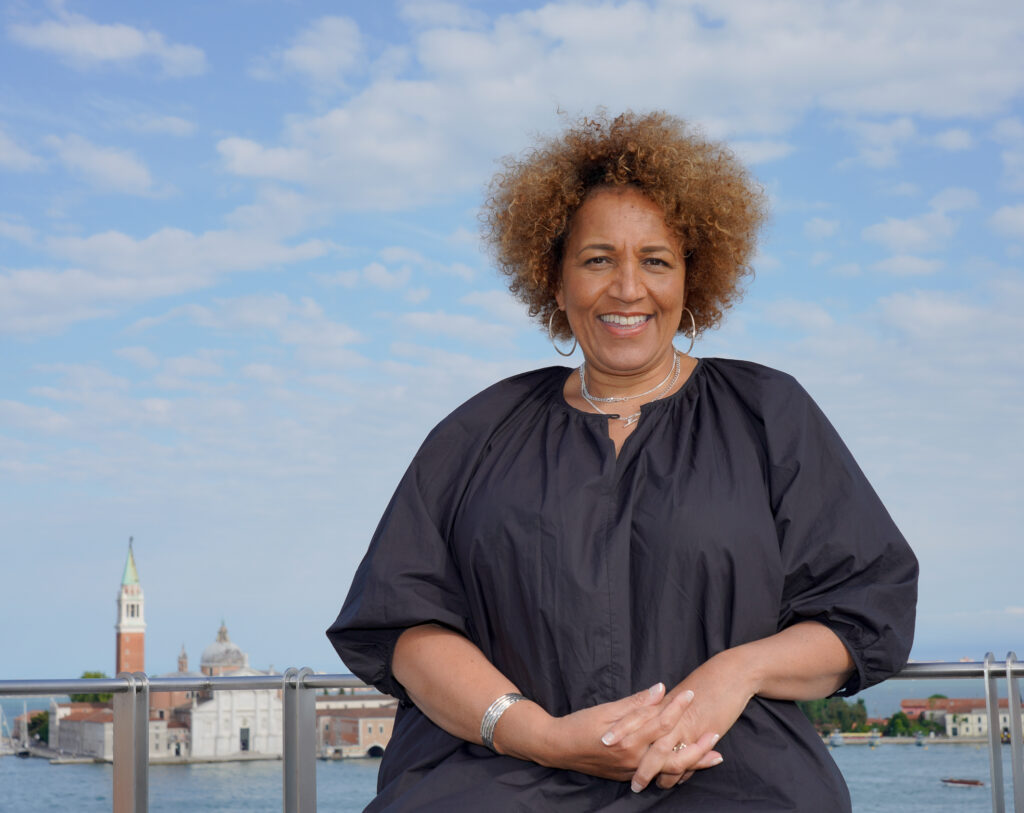
“For the first time, the spotlight (of the Event) is on Africa and its diaspora, on that fluid culture intertwined with people of African origin who today embrace the world. (…) What we will say will influence and involve what the ‘others’ say, making the Exhibition not so much a single story, but a collection of stories capable of reflecting the fascinating, beautiful kaleidoscope of ideas, contexts, aspirations and meanings that each voice expresses in response to the problems of their time,” Lokko explains, while also emphasizing the importance of questioning the meaning of an incomplete “We“ that we have always thought of as the only impossible.
«At the heart of every project there is the decisive and primary tool: imagination. It is impossible to build a better world if you do not first imagine it»
However, “at the heart of every project there is the decisive and primary tool: imagination. It is impossible to build a better world if you do not first imagine it,” the curator continues. For example, the design conceived by Andrés Jaque/Office for Political Innovation highlights the relationship between architecture and segregation through the analysis of the controversial construction project of Hudson Yards in New York. It particularly emphasizes that the materials used for the facade and development of this area near the Hudson River originate from mines located in Zimbabwe and Namibia. Sammy Baloji, in collaboration with Twenty Nine Studio, was awarded a special mention for his work that examines the tangible manifestation of the landscape and the delocalization of precolonial social systems due to colonial action. In the same category, the DAAR project by Alessandro Petti and Sandi Hilal on the Decolonization Authority Borgo Rizza received the Golden Lion for the best participation. This project, during its Venetian leg, investigates a form of fascist colonialism in Sicily and opportunities to reclaim and reuse these architectural structures.
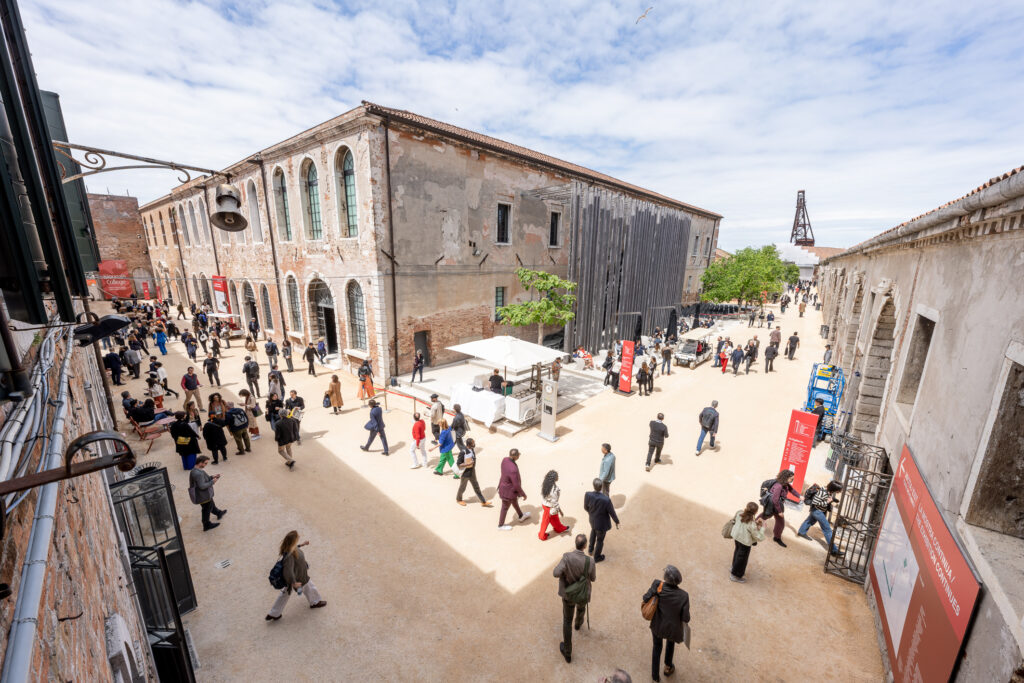
Venice Architecture Biennale 2023: the sustainable city is the paradigm of the future
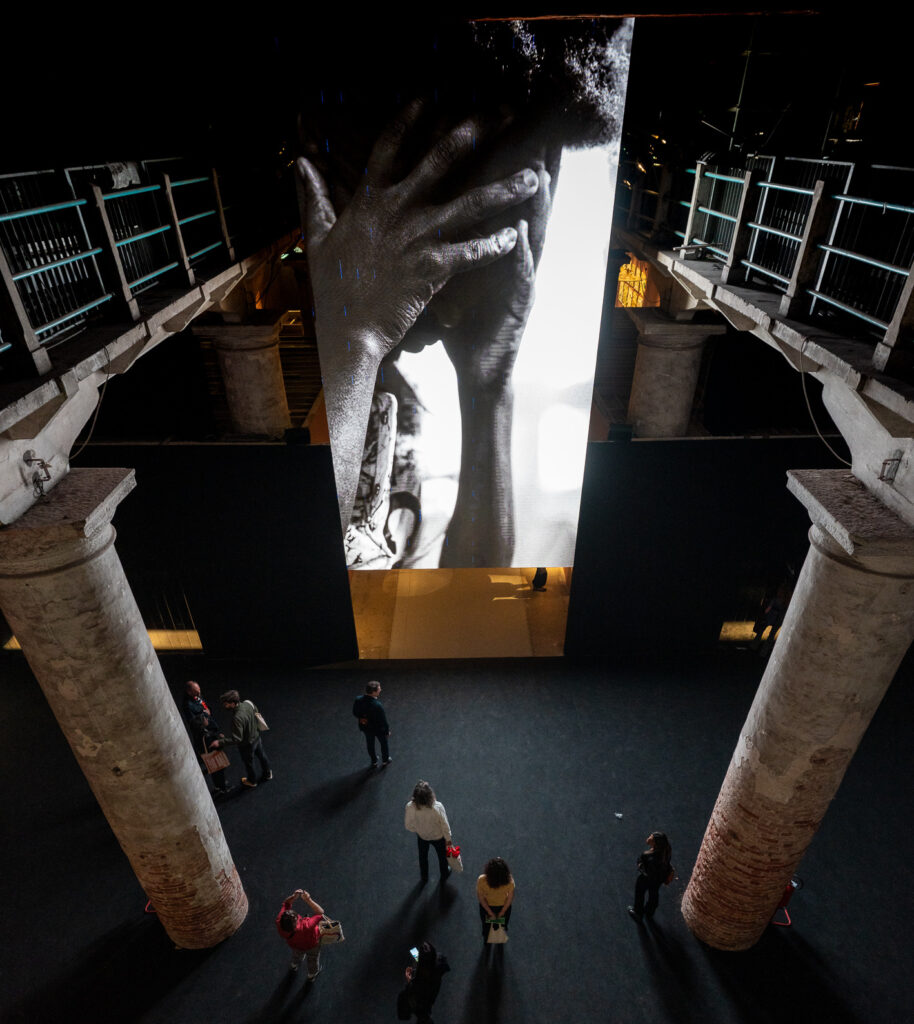
The role of light starting from the Venice Architecture Biennale 2023
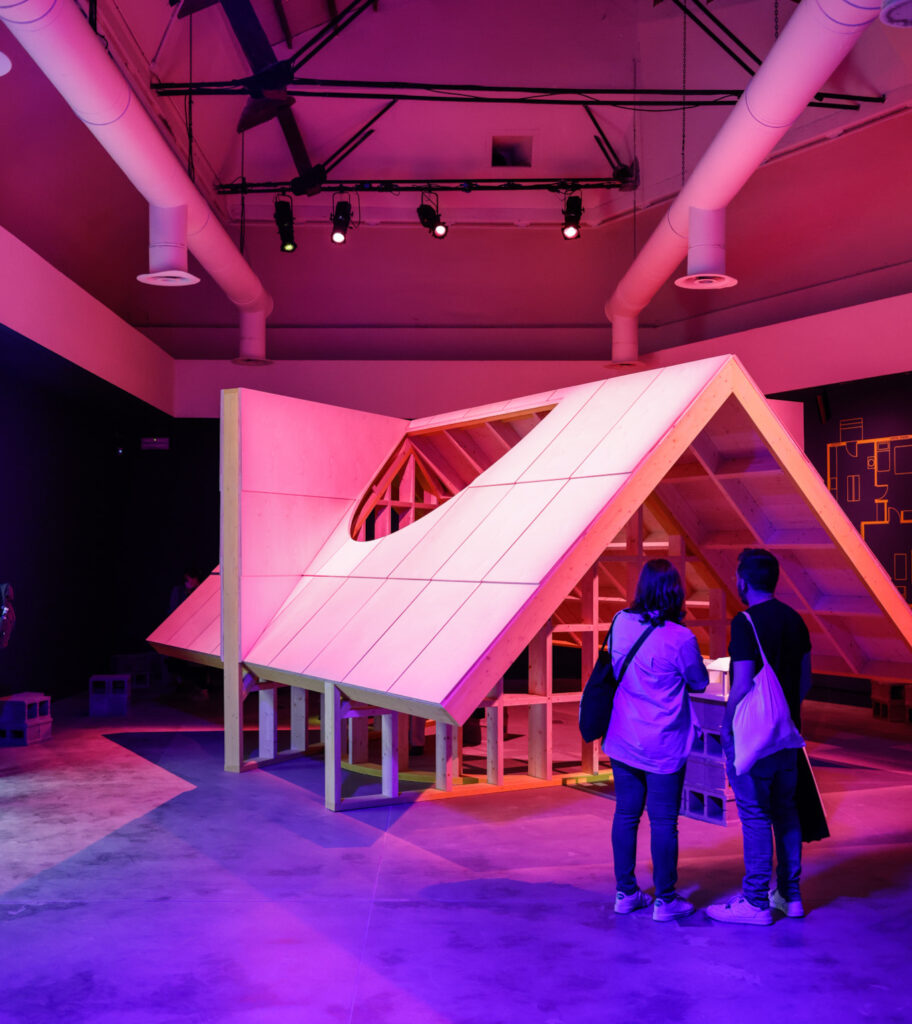
The task of illuminating our cities, suburbs, and main thoroughfares transcends the mere application of lighting technology—it is, first and foremost, a matter of communication. The notion of a world divided between light and darkness fails to appreciate the liminal moments of sunset or dawn, transitional zones that offer beautiful, intermediate light and invite a sense of limitless possibility. Light must respond to the new values discussed in this Biennale.
